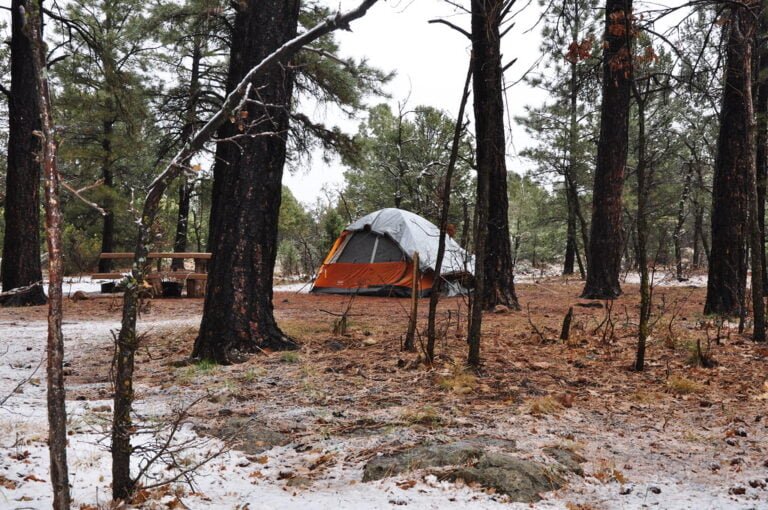Can You Take Cheese Backpacking?
Cheese can be a great addition to a backpacker's diet, providing essential calories and protein. However, its perishable nature requires careful consideration. Choosing the right cheese, such as hard or aged varieties with low moisture content, is vital. Proper packing and storage techniques, including airtight containers and breathable wraps, can help prevent spoilage and melting. By following these guidelines, backpackers can enjoy cheese on the trail while minimizing the risk of contamination and spoilage. With the right knowledge and preparation, cheese can be a delicious and convenient snack on your next adventure – and there's more to discover on this topic.
Choosing the Right Cheese
When selecting a cheese for backpacking, one essential factor is its shelf life, as a longer-lasting variety will reduce the risk of spoilage during extended trips. Hard cheeses like cheddar, parmesan, and swiss are ideal options due to their low moisture content, which inhibits bacterial growth. Soft cheeses, on the other hand, have a higher moisture content, making them more prone to spoilage. Aged cheeses are also a good choice, as the aging process reduces their moisture content, increasing their shelf life. Consider the weight and caloric density of the cheese as well, as these factors will impact your overall pack weight and energy needs. By choosing the right cheese, you can enjoy a satisfying and safe snack on the trail.
Packing Cheese for the Trail
In preparation for the trail, it's essential to pack cheese in a way that maintains its freshness and integrity, while also minimizing its impact on your backpack's weight and space. To achieve this, consider using airtight containers or zip-top bags to prevent moisture and air from affecting the cheese. You can also wrap the cheese in wax paper or plastic wrap before placing it in the container to add an extra layer of protection. When packing, position the cheese near the top of your backpack to minimize pressure and potential crushing. Finally, consider the size and shape of your cheese, opting for compact, rectangular blocks that fit snugly in your backpack.
Dealing With Melting Concerns
Cheese's high fat content makes it prone to melting, a concern that backpackers must address to prevent a gooey, inedible mess. To mitigate this issue, it's essential to take proactive measures. Here are some strategies to help keep your cheese intact:
- Choose the right cheese: Opt for varieties with lower moisture content, such as cheddar, Parmesan, or feta, which are less prone to melting.
- Keep it cool: Store cheese in a shaded area or insulated container to maintain a cooler temperature.
- Wrap it wisely: Use a breathable wrap, like wax paper or cheesecloth, to allow for airflow and prevent moisture buildup.
Storing Cheese in Camp
Once you've arrived at camp, proper storage is essential to maintaining the quality and integrity of your cheese. Keep your cheese away from direct sunlight, heat sources, and moisture. A shaded area or a cooler with ice packs can help maintain a consistent refrigerator-like temperature. Wrap your cheese tightly in plastic wrap or aluminum foil to prevent drying out and contamination. If you're camping in bear country, store your cheese in airtight containers and hang them with your other scented items. By taking these precautions, you can enjoy your cheese throughout your backpacking trip without compromising its flavor or texture.
Enjoying Cheese on the Go
With your cheese properly stored, you're now ready to reap the rewards of your careful planning and enjoy it on the go. Whether you're taking a break on a mountain summit or refueling at a campsite, cheese is a satisfying and energizing snack. Here are some tips to make the most of your cheesy indulgence:
- Slice and serve: Cut your cheese into bite-sized pieces or slices to make it easy to grab and go.
- Pair with trail-friendly accompaniments: Combine your cheese with crackers, dried fruits, or nuts for a satisfying snack.
- Consider a cheese-themed trail mix: Mix grated cheese with nuts, seeds, and dried fruits for a protein-packed snack that's easy to munch on the move.

